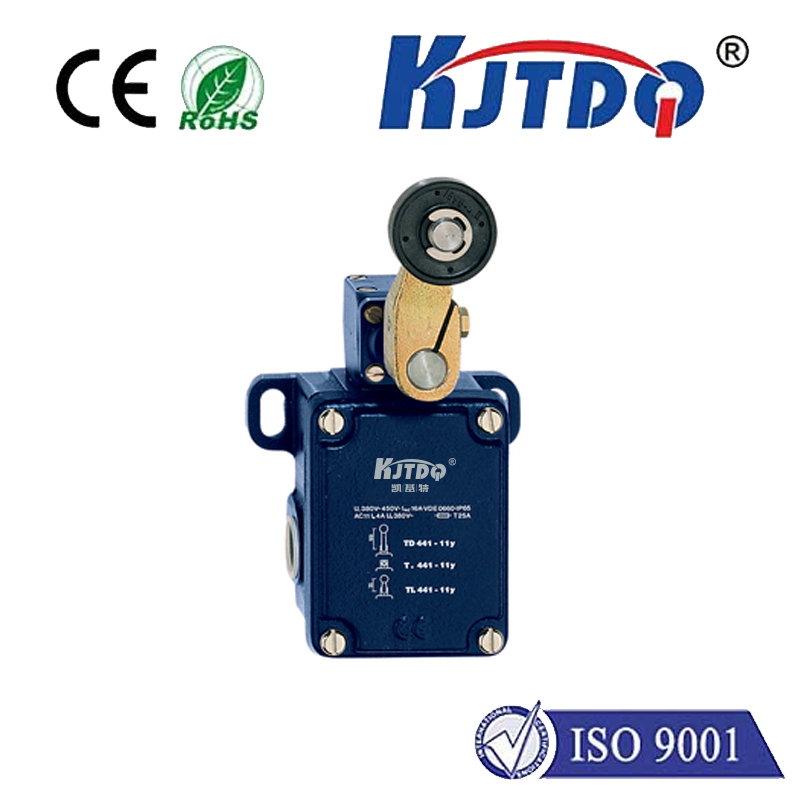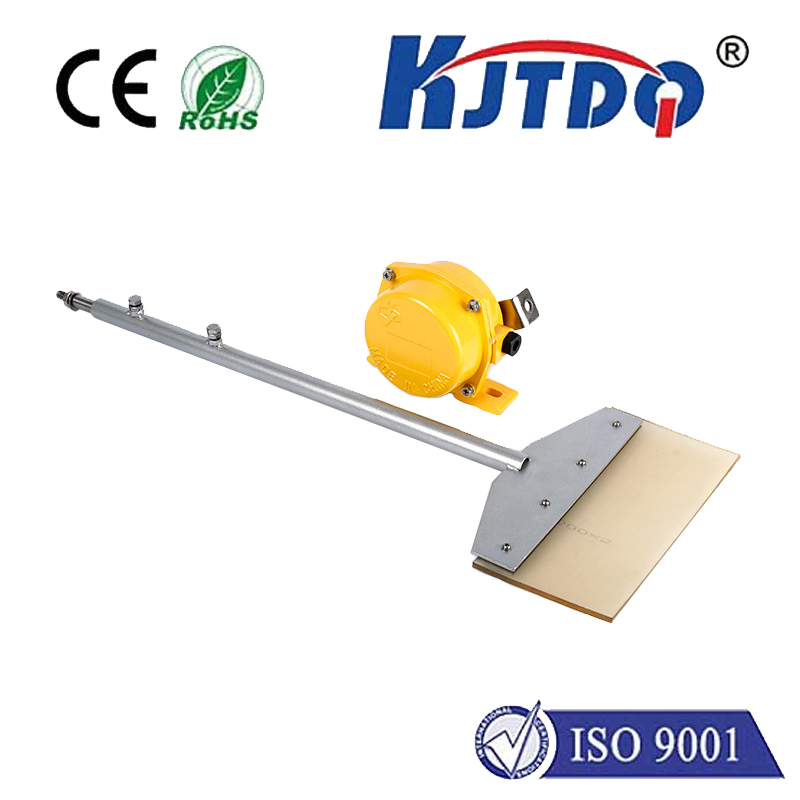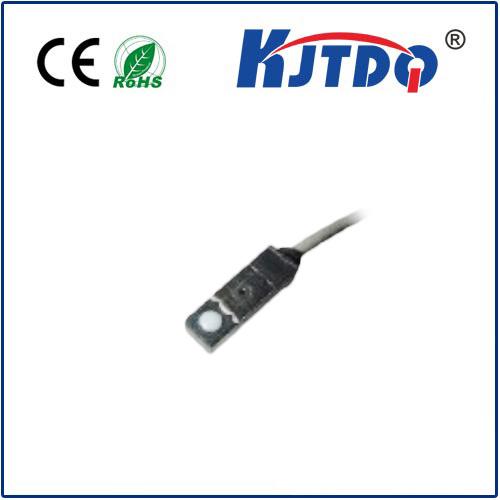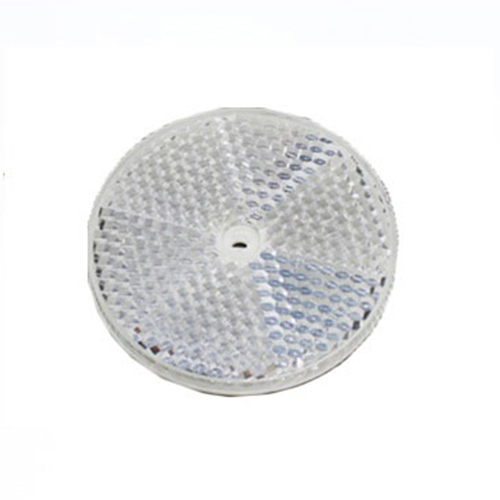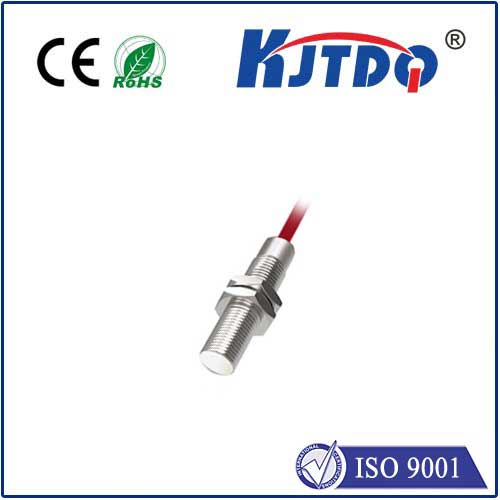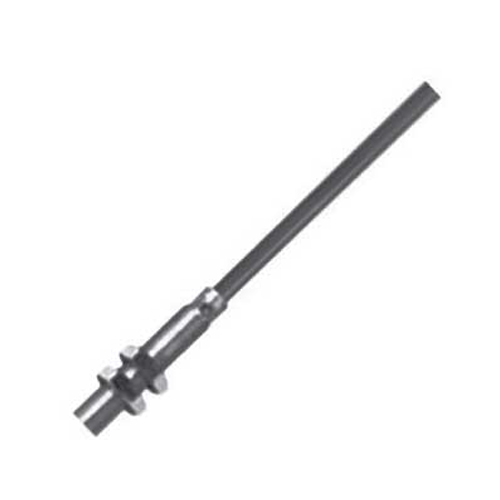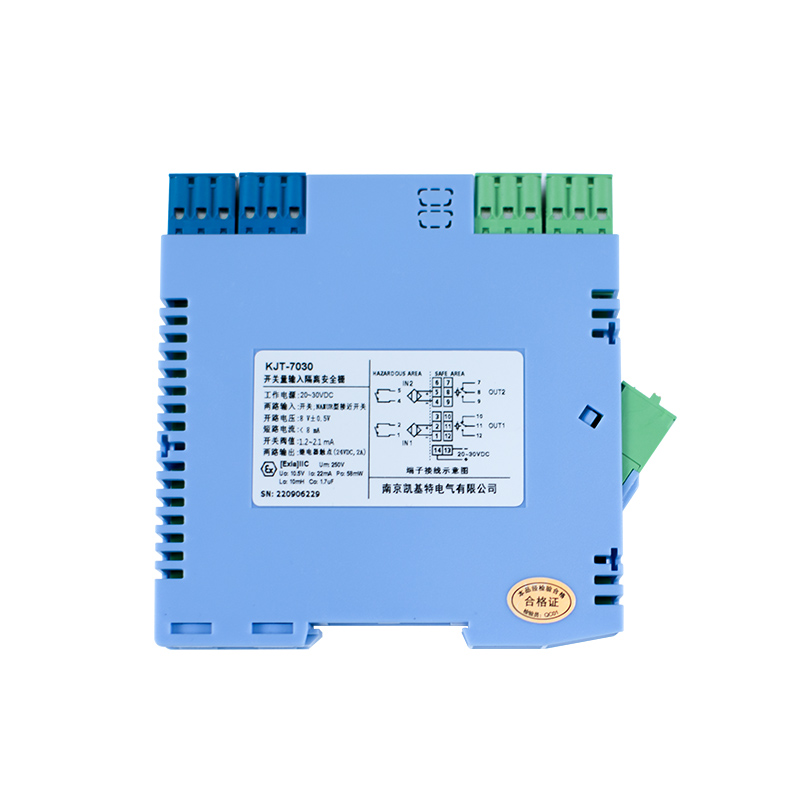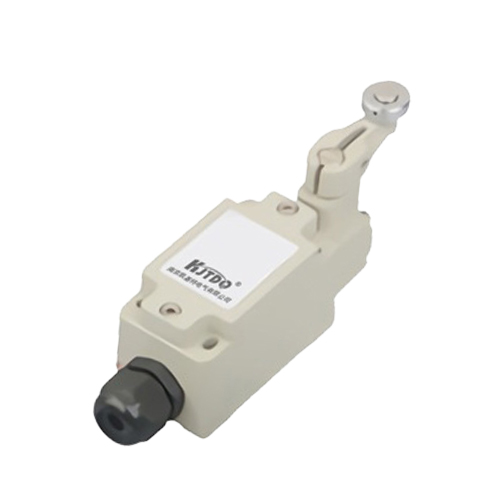attitude sensor
- time:2025-08-25 00:00:08
- Click:0
Attitude Sensors: The Silent Guardians of Modern Navigation and Control Systems
Imagine a spacecraft hurtling towards Mars. Its trajectory must be pinpoint accurate; a fraction of a degree off, and it misses the planet entirely. This incredible feat relies not just on powerful rockets, but on knowing precisely where the spacecraft is pointing in the vast emptiness of space. The unsung hero enabling this? The attitude sensor. Far beyond space exploration, these sophisticated devices are fundamental components that determine an object’s orientation relative to the horizon, gravity, or another reference frame, forming the bedrock of stability and control in countless modern applications.
At its core, an attitude sensor (or attitude and heading reference system - AHRS - for more advanced units) measures the orientation of a platform in three-dimensional space. This orientation, known as attitude, is typically defined by three angles:
- Roll: Rotation around the longitudinal axis (like tilting airplane wings).
- Pitch: Rotation around the lateral axis (like pointing an airplane nose up or down).
- Yaw: Rotation around the vertical axis (like turning a car left or right, also called heading).
Accurate determination of these angles is critical. Without it, aircraft couldn’t maintain level flight, ships would struggle to navigate rough seas, drones would crash, and industrial robots would miss their targets.
How Attitude Sensors Work: The Fusion Principle

Modern attitude determination rarely relies on a single sensor type. Instead, it leverages sensor fusion, intelligently combining data from multiple sources to overcome the limitations of individual components. The core building blocks usually include:
- Inertial Measurement Units (IMUs): The fundamental starting point. An IMU typically houses:
- Accelerometers: Measure specific force (acceleration minus gravity) along three axes. Crucially, they sense the direction of gravity when stationary, providing an initial reference for pitch and roll. However, they cannot distinguish gravity from motion-induced acceleration during movement.
- Gyroscopes (Gyros): Measure angular rotation rates around the three axes. By integrating these rates over time, changes in orientation can be tracked. But gyros suffer from drift – tiny errors accumulate, causing orientation estimates to degrade over time without correction.
- Magnetometers: Act like sophisticated digital compasses, measuring the Earth’s magnetic field vector. This provides an absolute reference for heading (yaw) relative to magnetic North. Their accuracy can be compromised by local magnetic disturbances (ferrous metals, motors, power lines).
- Global Navigation Satellite Systems (GNSS - e.g., GPS, GLONASS, Galileo): While primarily providing position and velocity, GNSS data offers an external velocity vector reference. When fused with IMU data, it helps correct gyro drift and provides an absolute heading reference when moving. It’s less effective for attitude during slow or stationary periods.
Sophisticated algorithms (like Kalman Filters) are the brains behind the operation. They continuously blend the high-frequency, short-term stability data from the gyros with the absolute, drift-free (but potentially noisy or delayed) references from accelerometers (gravity vector), magnetometers (magnetic field), and GNSS (velocity vector). This fusion delivers an accurate, reliable, and responsive attitude solution in real-time. An attitude and heading reference system (AHRS) specifically refers to a unit that fuses data from an IMU (typically 3-axis gyros + 3-axis accelerometers) with magnetometers to provide full 3D orientation, including absolute heading.
Why Attitude Matters: Applications Driving Demand
The ability to know and control orientation is indispensable across diverse sectors:
- Aerospace & Defense: This is the proving ground. Aircraft rely heavily on attitude sensors for autopilot systems, flight instrumentation (Artificial Horizon, Heading Indicator), stability augmentation, and navigation. Military jets, helicopters, missiles, and unmanned aerial vehicles (UAVs) demand extreme precision and reliability for targeting, evasive maneuvers, and autonomous operation. Spacecraft attitude control is mission-critical for pointing antennas, solar panels, and scientific instruments.
- Marine Navigation: Ships and submarines use AHRS for electronic charting, radar stabilization, autopilot functions, and maintaining situational awareness in challenging sea states. Knowing precise heading and vessel heel is vital for safety and efficiency.
- Unmanned Systems (Drones/UAVs/UGVs): Autonomous drones are perhaps the fastest-growing market for attitude sensors. They enable stable hovering (especially crucial for photography/videography), precise navigation, obstacle avoidance, and automated flight paths. Ground robots use attitude data for balance, navigation on inclines, and manipulator arm positioning.
- Robotics & Industrial Automation: Industrial robots need precise knowledge of joint angles and end-effector orientation for accurate manipulation and assembly. Automated guided vehicles (AGVs) and autonomous mobile robots (AMRs) leverage attitude for navigation and stability on factory floors. Attitude sensing is crucial for platform stabilization systems (e.g., stabilizing camera cranes or antenna mounts).
- Virtual & Augmented Reality (VR/AR): Motion tracking for VR headsets and AR glasses relies fundamentally on miniature IMUs to track the user’s head orientation rapidly and smoothly, creating an immersive experience. Accurate attitude determination is key to aligning virtual objects with the real world in AR.
- Automotive: While primarily using GNSS for navigation, advanced driver-assistance systems (ADAS) and emerging autonomous vehicles increasingly incorporate IMUs and AHRS. They provide vital data during GNSS dropouts (tunnels, urban canyons), enable features like hill descent control, enhance electronic stability control (ESC) by detecting vehicle roll and yaw rates, and support dead reckoning.
- Agriculture: Precision agriculture equipment, like auto-steering tractors and sprayers, utilizes GNSS coupled with attitude sensors to correct for vehicle roll and pitch on uneven terrain, ensuring accurate application of seeds or chemicals.
Pushing the Envelope: Key Considerations and Trends
Selecting the right attitude sensor involves balancing several factors:
- Accuracy vs. Cost: High-precision fiber-optic or ring laser gyro (RLG) based systems offer unparalleled accuracy but come at a premium. Micro-Electro-Mechanical Systems (MEMS) based IMUs and AHRS offer excellent cost-performance ratios for many applications and have seen dramatic improvements in accuracy and dynamic range over the years.
- Performance Specifications: Critical specs include gyro bias stability (drift), angle random walk, accelerometer bias, and the algorithm’s effectiveness in sensor fusion under various dynamics. The dynamic range defines how well the sensor handles rapid movements or high vibration.
- Environmental Robustness: Resistance to shock, vibration, temperature extremes, and electromagnetic interference (EMI) is paramount, especially in aerospace, defense, and industrial settings.
- Size, Weight, and Power (SWaP): Especially critical for drones, wearables, and portable devices, driving the dominance of MEMS technology. Miniaturization continues relentlessly.
- Calibration and Compensation: High-performance units often require careful calibration to map out sensor errors (like gyro bias or accelerometer misalignment) under controlled conditions. Advanced algorithms dynamically compensate for temperature effects and sensor biases.
The future of attitude sensing points towards even tighter integration of sensors (e.g., 6-axis or 9-axis IMUs combining gyros












